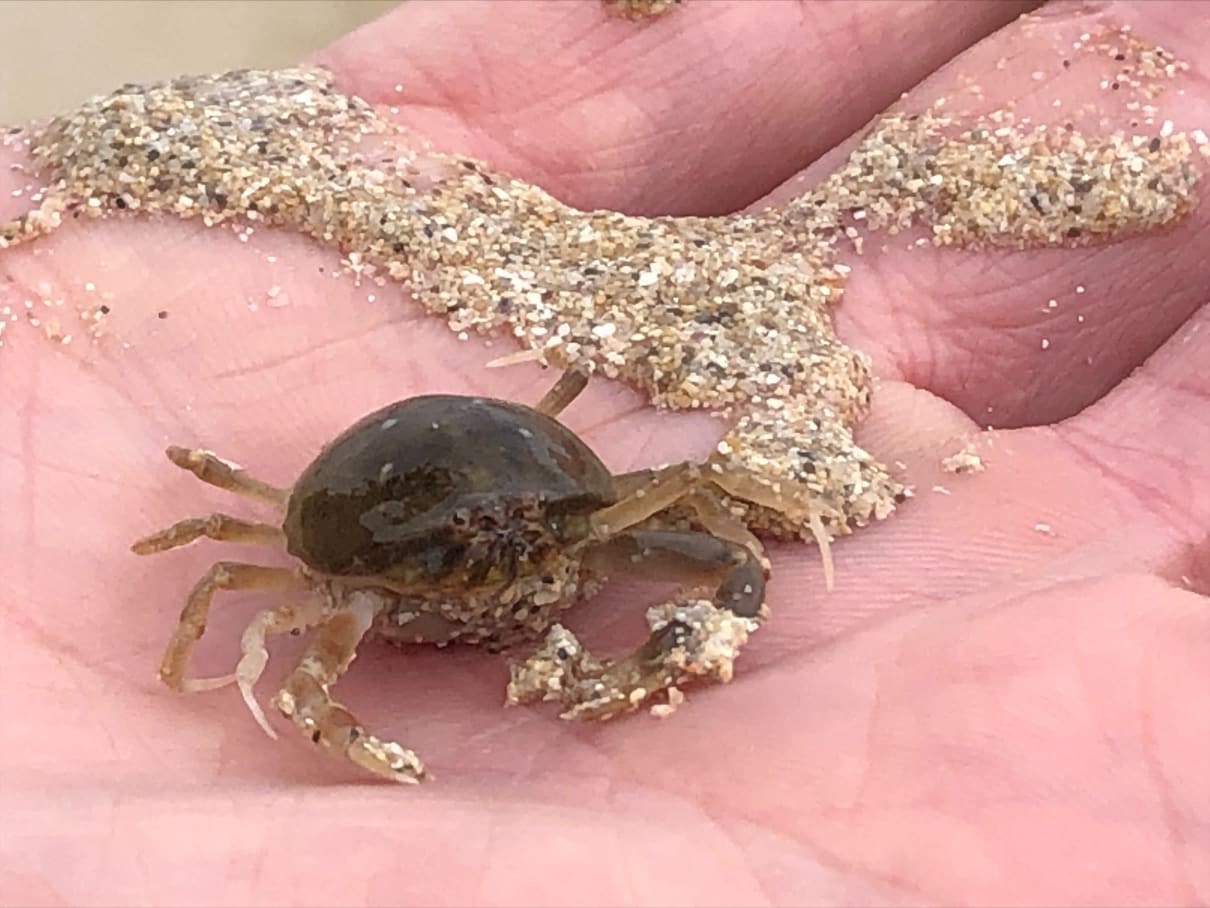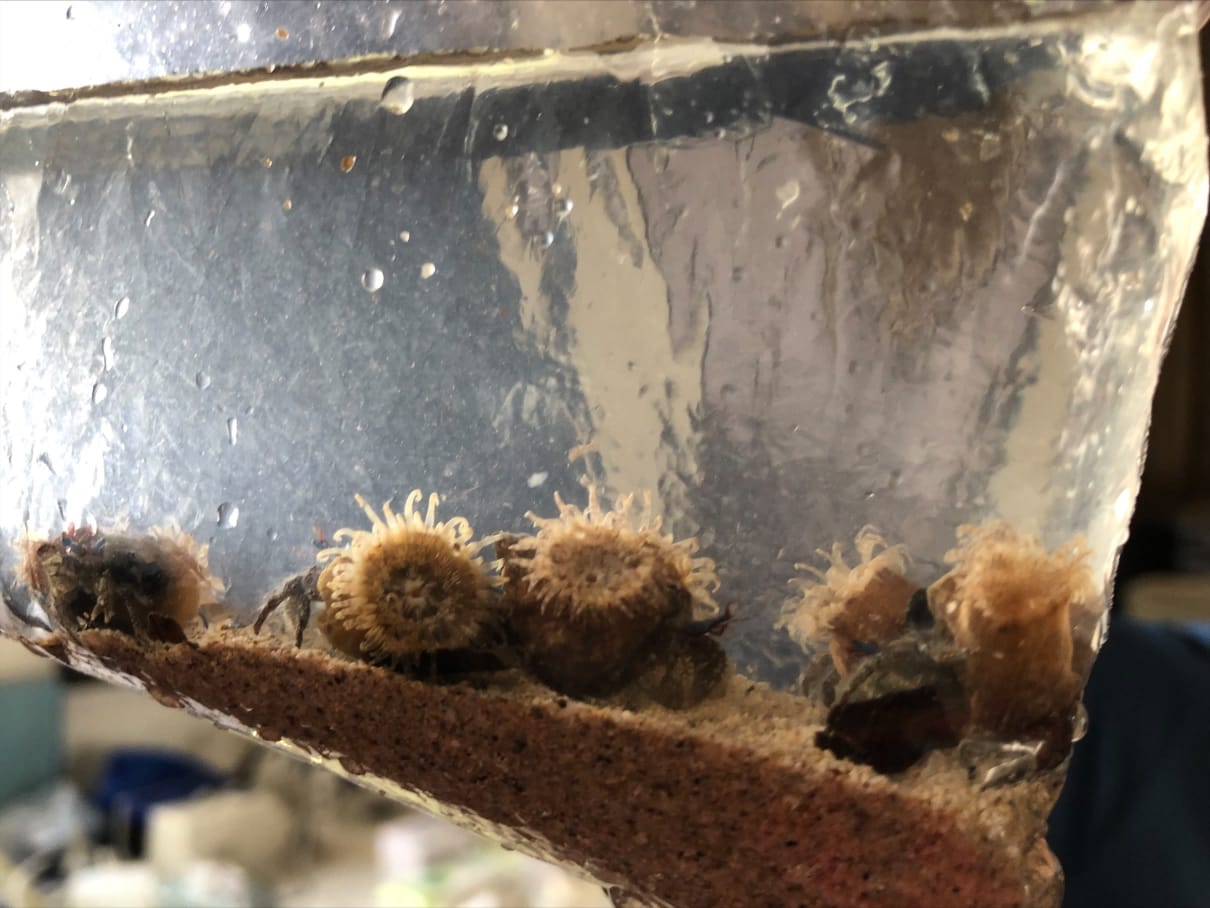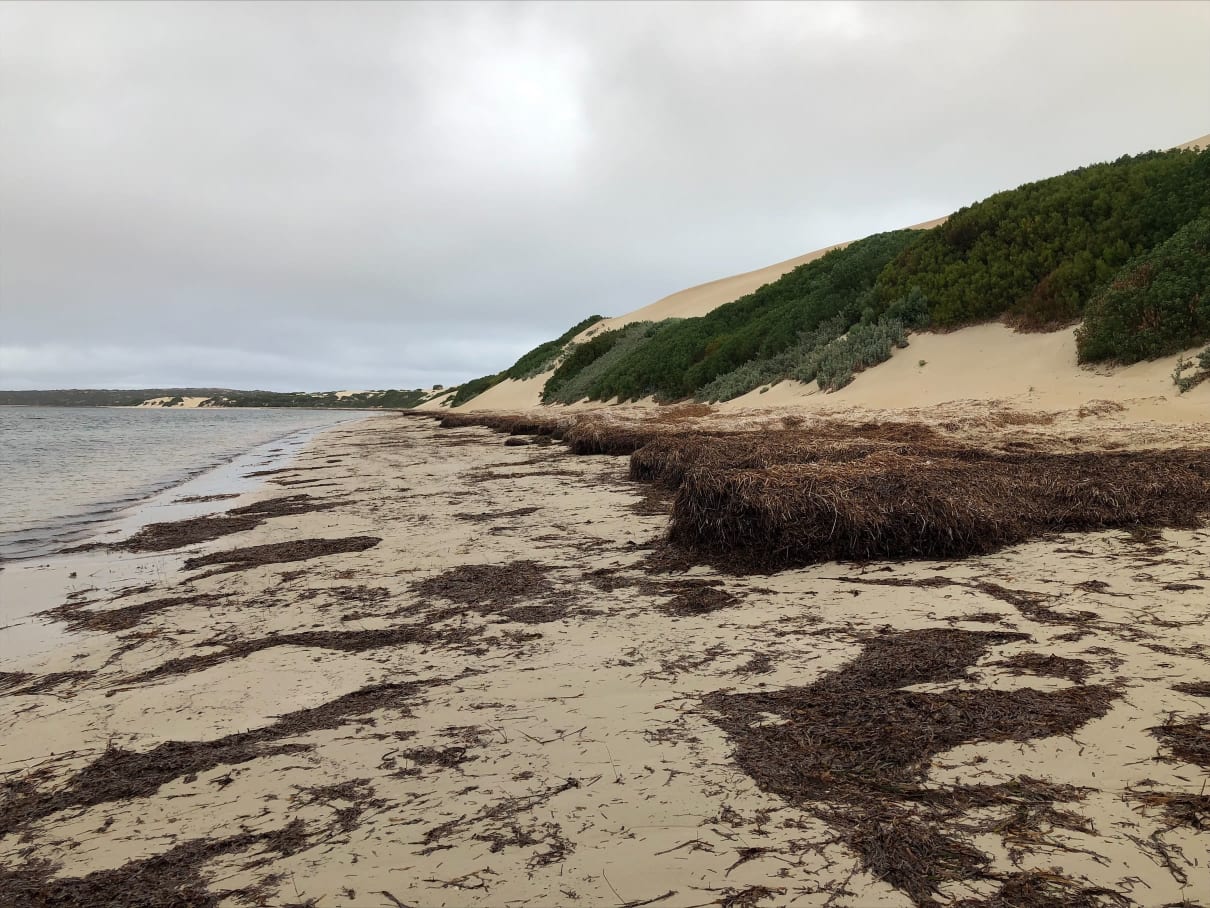I had the pleasure of getting out in the field with Professor Mike Kearney from Melbourne. His research focus is: Orthoptera (particularly matchstick grasshoppers) and he previously studied reptiles. It was a slow start this morning due to the weather being cold and windy, so Mike made the call to head over to the local dump to look for reptiles. We had a successful morning and found a few species of skinks, a couple of dragons and geckos as well. We headed back to the local town hall for coffee and headed back out to the six sites to collect grasshopper species. One grasshopper we collected was the Plague grasshopper which has caused havoc on the farmland in Australia.
There were so many signs of wombat burrows, but sadly no wombats. We did see two different dingoes. One dingo was very red in color and the second dingo was a much darker version. Overall, it was a great day of exploring, learning and collecting.
Natural Selection is often called ‘survival of the fittest’ or an organism’s ability to survive and reproduce those traits on to the next generation. Those organisms that are better adapted to their environment whether it is their ability to escape predation or be better camouflaged will be considered the fittest individuals within that environment. Unfortunately the organisms that aren’t as adapted will not pass traits on to the next generation.


The interesting things I learned from today’s experience is the diversity of grasshoppers and their incredible ability to camouflage. Spot the animal is a game I challenge everyone to play. Go for a walk in your own backyard or at a local reserve and explore how many organisms you can find that have an amazing ability to camouflage.
